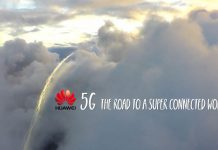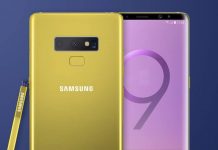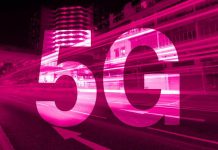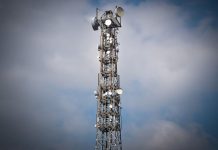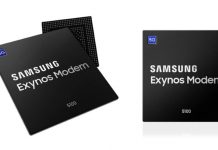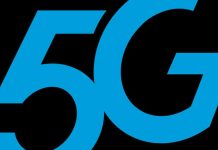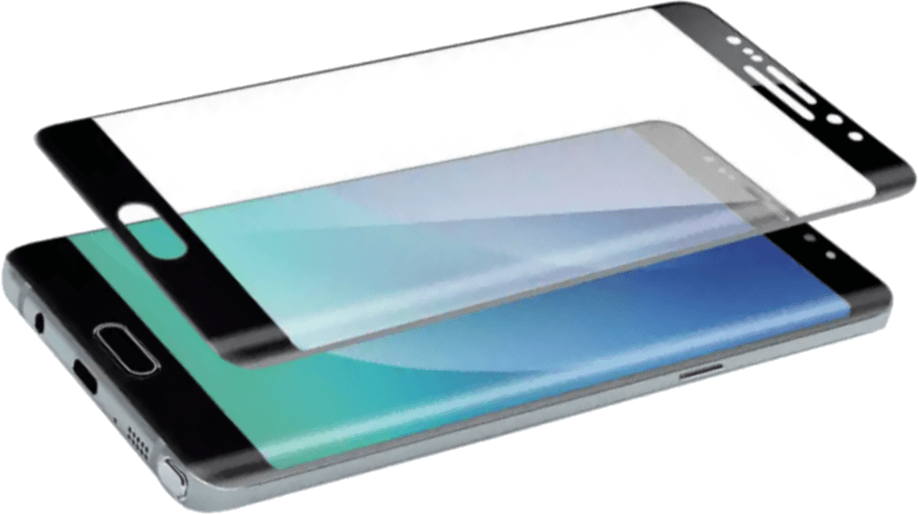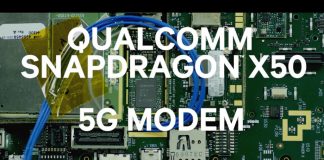Verizon recently announced the launch of a new service: 5G mobile Internet! However, this is not the end of 5G race. Mobile carriers still have a lot of work on new technology. However, it is already stable enough that the American operator has decided to start providing the Internet service with the speed of 300 Mbps.
5G networks are slowly becoming a reality. Base stations that support the new technology are tested by operators from around the world. However, the current stage of 5G development still leaves much to be desired. The main assumptions regarding the 5G network assume 10x higher speeds, 10x higher capacity and 10x lower delays. However, the service offered by the Verizon concerns a solution providing speeds of 300 Mbps. It might seem like it is a step backwards. A lot of operators have already crossed the 300 Mbps barrier some time ago using the LTE-Advanced network. However, the speeds offered by 5G have nothing to do with what LTE allows.
300 Mbps over 5G is not the same as 300 Mbps over LTE
Operators will have to change the marketing approach to the speed offered by 5G. Until now, we have listened to ads about maximum data rates that can be achieved in very special cases. 300 Mbps offered by LTE is possible if we are a single user using the base station sector and receive the signal with high power. That is why the speeds we observe on a daily basis are 10 times smaller than what we see in ads. In contrast, 5G sold by the Verizon is to provide 300 Mbps to all active users. This difference results from the use of Massive MIMO technology in the 5G and 28 GHz millimeter band, which drastically increases the capacity of the base station.
Therefore, 5G mobile Internet can be a good alternative for landline connections. Already, LTE wins with poor quality DSL links, which deliver speeds up to approx. 30 Mbps – 40 Mbps. In turn, 5G will be used where operators will not be able to lead a fiber.
Source: Verizon





